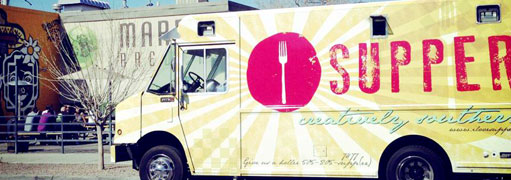Tapping The Market: How Breweries And Food Truck Serve Each Other
How Local Breweries And Food Trucks Serve Each Other



Latest Article|September 3, 2020|Free
::Making Grown Men Cry Since 1992



